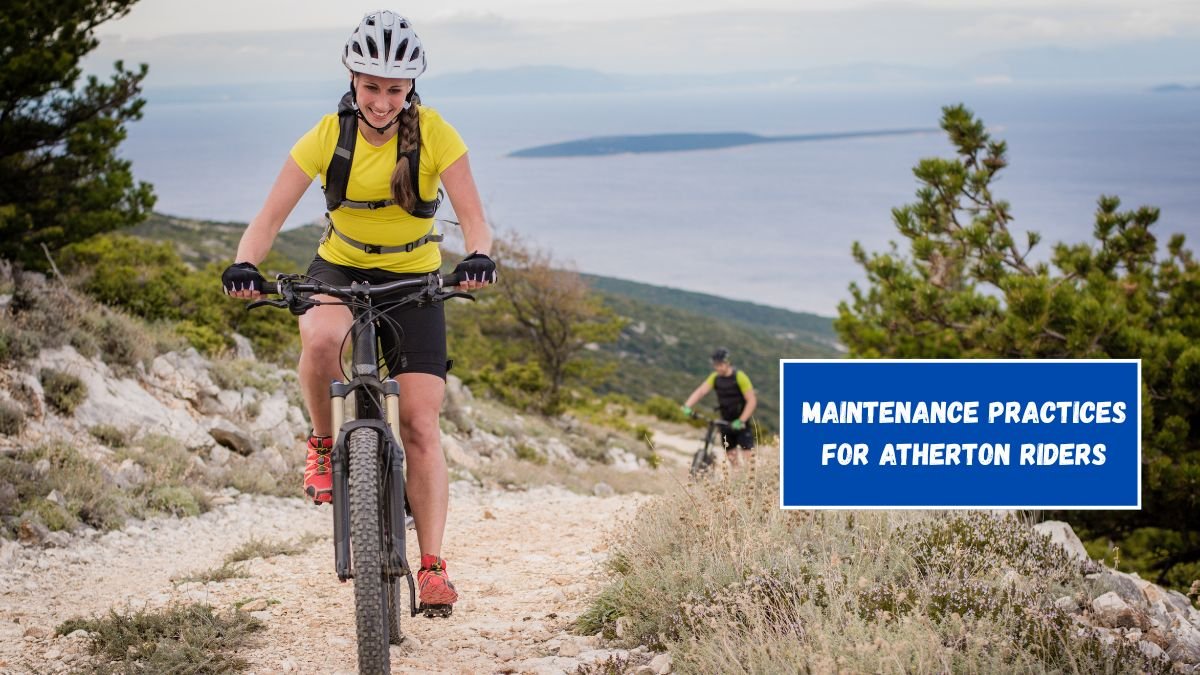If you love riding the trails around Atherton, you already know how beautiful and exciting they are. But here’s the thing—those trails don’t stay perfect on their own. They need care, just like a garden needs watering or a bike needs oiling. Sustainable trail maintenance is all about keeping these paths safe, fun, and healthy for both riders and nature.
Understanding the Trail’s Needs
Before we talk about fixing or improving a trail, it’s important to know what it actually needs. Trails can get damaged from weather, heavy use, or poor design. Look out for signs like deep ruts, erosion, puddles, or overgrown plants blocking the way. Knowing the problem is the first step toward the right solution.
Riding Responsibly
Trail maintenance isn’t just about shovels and tools—it starts with how we ride. Avoid skidding around corners, riding in muddy conditions, or cutting new paths. These little habits might seem harmless, but over time they can seriously damage the trail. Think of it as cleaning up after yourself at a picnic—leave no trace.
Working with the Weather
Weather plays a huge role in trail health. Riding right after heavy rain can turn the trail into a muddy mess. Instead, give it time to dry out. On the flip side, during dry seasons, loose dirt can make trails dusty and slippery. Sometimes a little watering or compacting is needed to keep them safe.
Using the Right Tools and Materials
For sustainable maintenance, you don’t need fancy equipment. Basic tools like shovels, rakes, and hoes can go a long way. Natural materials like rocks, logs, and gravel help fix erosion and make trails last longer. The idea is to work with nature, not against it.
Creating Water Drainage Solutions
Water is one of the biggest causes of trail damage. If it can’t drain properly, it will wash away soil or create deep puddles. Adding small drainage channels, shaping the trail so water flows off, and using rocks to guide water can save a lot of repair work later.
Planting for Protection
Plants are nature’s protectors. Roots help hold the soil together, and plants can prevent erosion. Planting native vegetation along trail edges is a great way to keep the path stable while also supporting local wildlife.
Building a Community Effort
Trail care is much easier (and more fun) when done together. Local riding groups in Atherton often host trail days where volunteers help clean, repair, and improve paths. Not only does this keep the trails in top shape, but it also builds a stronger riding community.
Respecting Nature and Wildlife
Sustainable maintenance isn’t just about the path—it’s about the whole environment. Avoid disturbing animal habitats, cutting too many plants, or changing the natural landscape too much. The goal is to create trails that fit into nature, not take over it.
Last Thought
Sustainable trail maintenance is about balance—riders get smooth, exciting paths, and nature stays healthy and happy. For Atherton riders, it’s more than just a hobby; it’s a responsibility. If we take care of the trails today, they’ll take care of us for many years to come. So, grab your gear, ride with respect, and maybe even pick up a rake once in a while. The trails will thank you.
FAQs
Why is sustainable trail maintenance important?
It keeps trails safe, enjoyable, and protects the environment.
Can riders help without doing physical work?
Yes—ride responsibly, follow trail rules, and avoid damaging paths.
What’s the biggest cause of trail damage?
Poor drainage and riding in bad conditions cause most issues.
How often should trails be maintained?
It depends on use and weather, but regular small fixes prevent big problems.
Do plants really help protect trails?
Absolutely—roots hold soil in place and prevent erosion.






